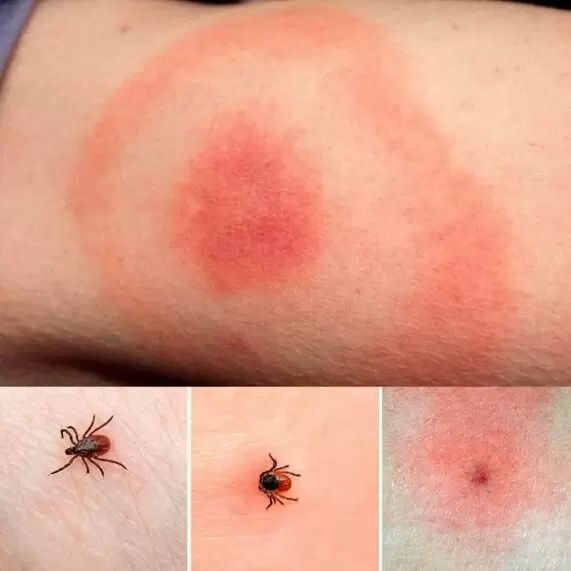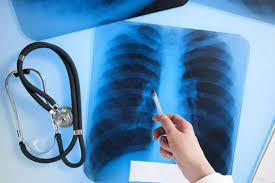24.07.2023
Tick-borne borreliosis or Lyme disease is an infectious disease caused by spirochetes and transmitted by ticks. This disease has a tendency to have a recurrent and chronic course and can affect the skin, nervous system, musculoskeletal system, and heart.

Ticks are carriers of pathogens of viral, rickettsial, and bacterial diseases of humans and animals.
Most often, ticks attach themselves to human clothing when they touch tree branches, or bushes, or sit on the grass. Ticks stick to people's bodies not only during outdoor activities but also sometimes after visiting a green area, remaining on clothes and things. In addition, they can be brought into a person's home with bouquets of flowers, dogs, and other animals.
How Lyme disease develops
Human infection with tick-borne borreliosis occurs at the time of a bite by an infected tick. A tick bite is painless because it injects an anesthetic substance into the wound with saliva, and only a few hours later does a feeling of pain arise.
During a bite, Borrelia, along with the tick's saliva, penetrates the skin, where they multiply over the next few days. After that, Borrelia spreads to other areas of the skin, and then to internal organs (heart, joints, brain, etc.). Borrelia can persist in the human body for quite a long time, up to several years, thereby causing recurrent and chronic Lyme disease.
How to recognize Lyme disease
First of all, you need to pay attention to the appearance of a red spot at the site of a tick bite, which may signal an infection with Lyme disease. The incubation period of the disease is from 2 to 30 days, with an average duration of 2 weeks. To confirm the diagnosis, a patient's blood test is required.
Prevention of Lyme disease
When visiting places where ticks may be present, it is recommended to wear light, plain, long-sleeved, tight-fitting clothing to make it easier to spot crawling ticks. The head should be covered with a hat.
Self- and mutual examinations should be carried out during a walk every 2 hours and again at home. Particular care should be taken to examine areas of the body covered with hair.
The place for rest and night sleep in the open air should be free of dry grass, branches, and brushwood within a radius of 20-25 m.
At home, you should immediately change your clothes and underwear, inspect them thoroughly, wash and iron them. Do not leave these clothes near the bed or sleep in them. Shaking out clothes does not get rid of ticks.
Use effective repellents to protect yourself from ticks.
If you have been bitten by a tick, you should immediately consult an infectious disease doctor.



(с) 2024